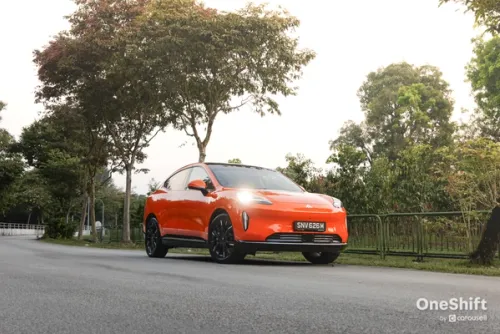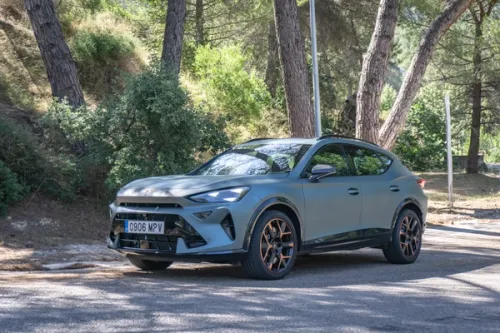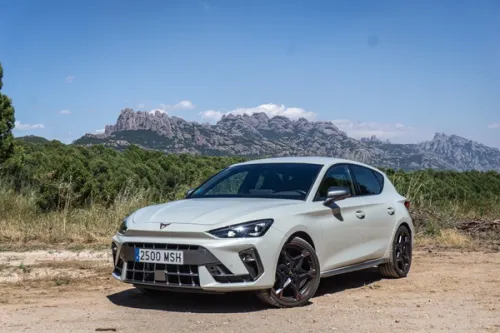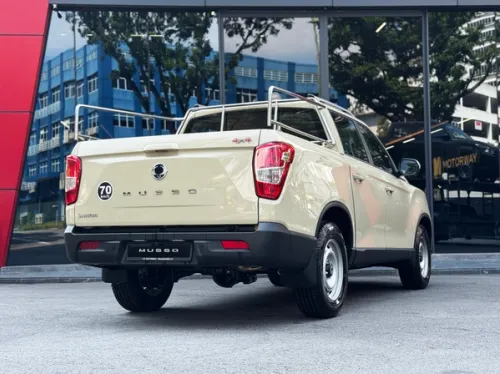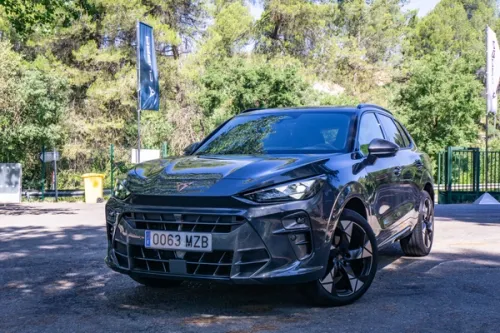Oslo bans cars
Oslo has decided to ban cars in its city centre by 2019.

More than 35 miles of bike lanes will also be up and running on top of significant investments in public transport. The permanent ban will affect some 350,000 car owners in the Norwegian capital.
Oslo's car ban is the largest of its kind, says Paul Steely White, the executive director of Transportation Alternatives, an organization that supported New York City's Citi Bikes and advocates for car-free cities.
A reduction in pollution and not to mention safety improvements to pedestrians are amongst the benefits this move is set to make.
A similar precedent last year surfaced in Madrid, when it announced an ambitious plan to remove cars by 2020. Larger than the ban by Oslo, Madrid's version will include about 500 acres of the city. Other European cities have worked toward similar objectives but not quite at this this scale and speed.
Paris banned cars from its major landmarks, like the Eiffel Tower and Notre Dame Cathedral, last month. If commuters in Milan leave their cars at home, the government will reward them with public transit vouchers. Copenhagen introduced pedestrian zones in the 1960s, and car-free zones slowly followed suit over the last half-century.
Pollution aside, cars are actually the most inefficient way to move through a city. Car bans could solve that.
"Having cars inside a dense city centre is the equivalent of putting a large dinner table in a small studio apartment," White says. "In the space it takes to park a car, you can park 15 bicycles."
This move creates a precedence that could very well challenge the way the automotive industry will head in the coming years.
Credits:


Get the Best Price for your used car
from 500+ dealers in 24 hours

- Convenient and Hassle-Free
- Consumer Protection
Transparent Process
With No Obligation

